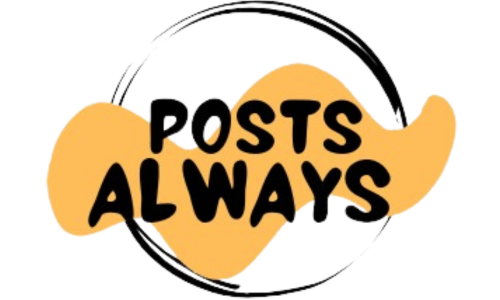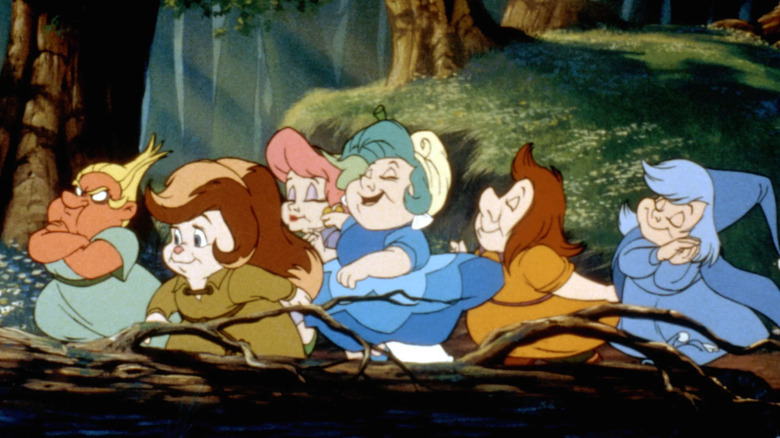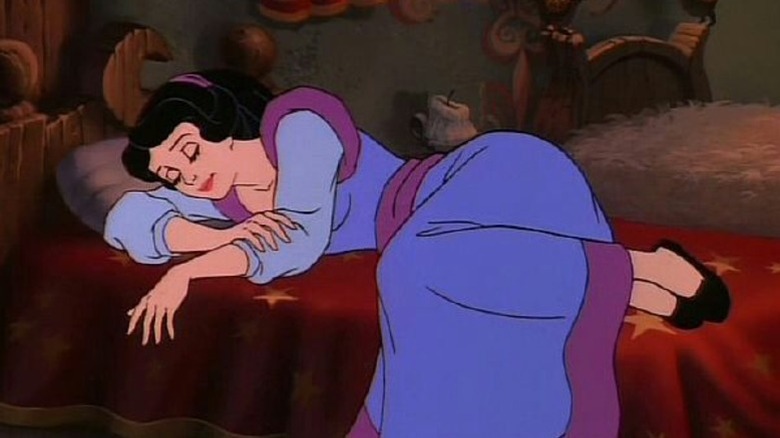We might obtain a fee on purchases produced from hyperlinks.
John Howley’s 1989 animated movie “Fortunately Ever After” was conceived as a sequel to the “Snow White” fairy story. Its story extrapolated partly from the earliest revealed model by the Brothers Grimm but in addition partly from the 1937 Disney-produced movie “Snow White and the Seven Dwarfs.” “Fortunately Ever After” did not re-use any of Disney’s designs, voices, characters, or ideas (a minimum of none that weren’t already within the Public Area), however one can see how Howley’s movie relied on obscure cultural echoes that Disney initially yawped into the mass consciousness. Snow White (Irene Cara), for instance, had virtually an identical hair and wore an identical gown to the model of the character designed by Walt Disney.
Commercial
“Fortunately Ever After” staggered throughout its transient theatrical run, making solely $3.3 million on the field workplace on a modest $6.8 million funds (though it was later closely rented on VHS). One of many causes it struggled, nonetheless, was as a result of Disney did not prefer it. Notably, Disney felt that Filmation, the corporate that made “Fortunately Ever After,” was ripping off “Snow White and the Seven Dwarfs.” Certainly, Filmation was already on Disney’s s***listing after a 1987 lawsuit.
Plainly Disney, all the time notoriously litigious, felt that Filmation’s 1986 animated function “Pinocchio and the Emperor of the Night time” was just a bit bit too much like Disney’s 1940 movie “Pinocchio.” (By no means thoughts that the character of Pinocchio comes from Carlo Collodi’s public area novel of the identical title.) Maybe angering Disney, Filmation received that case, arguing that Disney had no authorized declare to the Pinocchio character. (Which, once more, is true.) The matter is mentioned in Jerry Beck’s invaluable e-book “The Animated Film Information.”
Commercial
Disney got here again when “Fortunately Ever After” opened domestically in 1993, although, claiming as soon as once more that Filmation had ripped the studio off to make its “Snow White” film. The unique working titles for the movie had been “Snow White: The Journey Continues,” “The Additional Adventures of Snow White,” and — and I really like this one — “Snow White within the Land of Doom.”
Disney sued Filmation over its Snow White movie, insisting the title be modified
“Fortunately Ever After” Takes place after the Evil Queen from “Snow White” had been defeated, with Snow White getting ready to marry her good-looking Prince (Michael Horton). Because it so occurs, although, the Evil Queen has an equally evil brother named Maliss (Malcolm McDowell), a depraved sorcerer. When he learns from the Magic Mirror (Dom DeLuise) that his sister was slain, he begins to plot his revenge. He then turns himself right into a dragon, remodeling Snow White’s kingdom right into a wasteland on the identical time. Snow White is thus compelled to struggle Maliss with the help of the seven sisters of the Seven Dwarfs. The Dwarfelles, as they name themselves, are named Muddy (Carol Channing), Sunburn (Sally Kellerman), Blossom (Zsa Zsa Gabor), Marina (Linda Gary), Critterina (additionally Gary), Moonbeam (Tracey Ullman), and Thunderella (additionally Ullman). They additional enlist Mom Nature (Phyllis Diller) of their scheme.
Commercial
Different solid members embrace Jonathan Harris, Ed Asner, and, in fact, Frank Welker. The movie boasted an all-star ensemble nicely earlier than big-name actors had been becoming a member of animated options on the common.
As soon as the movie opened within the Philippines in 1989, Disney was already throughout “Fortunately Ever After” and Filmation. Due to the “Pinocchio” lawsuit, Filmation was required to make its animated fairy story legally distinct from something Disney had ever made. As such, the title was modified from “Snow White: The Journey Continues” to “Snow White and the Dwarfelles” (the Dwarfelles had been initially meant to be the Seven Dwarfs, however needed to be gender-flipped in submit) after which, lastly, to “Fortunately Ever After.” Sadly, the film’s stateside rollout was delayed by a number of years as a result of Filmation had shuttered its doorways in 1989, leaving the movie to discover a new distributor within the type of the First Nationwide Movie Company. (Therefore the film not debuting within the U.S. till 1993.)
Commercial
Disney rubbed salt within the wound
In fact, not happy that it had already precipitated sufficient hassle for Filmation, Disney determined to kick “Fortunately Ever After” whereas it was down. The movie was launched in U.S. theaters on Could 28, 1993 … and Disney determined to re-release “Snow White and the Seven Dwarfs” the next July. With a well-moneyed ad-campaign, Disney kind of tried to bury “Fortunately Ever After.” Provided that the movie bombed, one can say that Disney was profitable.
Commercial
Lest you suppose the “Seven Dwarfs” re-release was a coincidence, understand that Disney has pulled stunts like this earlier than. When Don Bluth’s twentieth Century Fox movie “Anastasia” was scheduled for launch in 1997, Disney hustled to re-release its personal 1989 hit “The Little Mermaid” on the identical day. Due to this, the animation viewers was cut up between the 2 films, inflicting “Anastasia” to open at #2 on the field workplace and “Mortal Kombat: Annihilation” to rule the weekend (with “The Little Mermaid” coming in at #3). This was, actually, a concerted effort by Disney to quash the competitors.
This all got here after an incident in 1992 when “FernGully: The Final Rainforest” was in manufacturing. Additionally a Fox movie, Disney resented that one other studio was making an attempt to enter the animation market. Its executives had been additionally upset that their “Aladdin” star, Robin Williams, refused to drop out of the Fox movie in favor of theirs. As such, one in every of Disney’s head honchos on the time, Jeffrey Katzenberg, tracked down the animation studio that was making “FernGully” … and purchased it. In different phrases, the Mouse Home intentionally tried to decelerate manufacturing on “FernGully.” It was fairly the devious transfer.
Commercial
Would “Fortunately Ever After” have been successful with out Disney always blocking it? Who can say? However its theatrical launch would have definitely been smoother.





